jryoung
Well-known member
I was in Connecticut for the holiday and my curiosity took us to Yale. My intention was to go and see the School of Forestry and learn a bit more about the founding of the school and learn more about Pinchot. But, with 7 year old in tow we opted for the Yale Peabody Museum of Natural History. I didn't do much research, figured it's Yale and Natural History so there must be some okay stuff right? I was blown away, serious "wheelhouse" exhibits for anyone that loves natural history, conservation and current issues of our times.
The current (temporary) exhibit is Invisible Boundaries: Exploring Yellowstone's Great Animal Migrations. They had incredible artwork, video, photography and 3D mapping and animations of all the critical migrations of species in the Greater Yellowstone Area. Amazing stuff and what I assume to be one of the latest revelations in wildlife biology now that we can better track and understand migrations due to GPS technology.
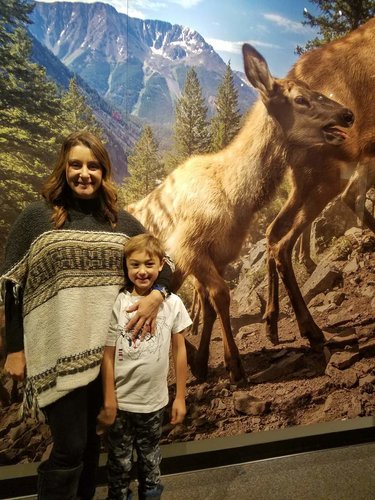
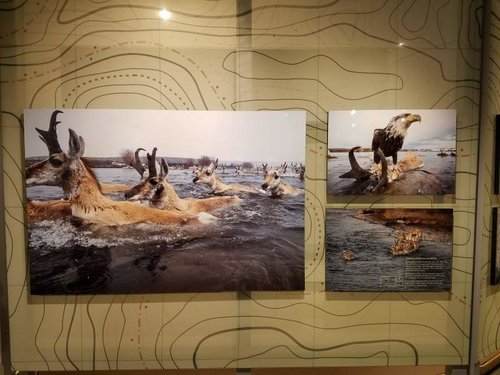
View attachment 77246
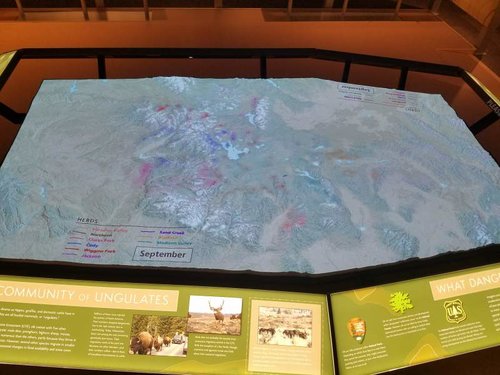
http://peabody.yale.edu/exhibits/invisible-boundaries
After the migration exhibit we get to a permanent exhibit, and cross a name that I recognize O.C. Marsh. If you've read "Last Stand: George Bird Grinnell, the Battle to Save the Buffalo, and the Birth of the New West" by Michael Punke you'll know that it was the Marsh Expeditions in the early 1870's that took Grinnell west and was the spark for him to save the last of the bison. Those expeditions also discovered many of the specimens on display in the Great Hall in the Museum. A stunning collection of fossils, wonderfully displayed, and very much worth the cost of admission alone. And as someone who loves to read about our conservation history and the players involved to see these fossils that directly connect to Grinnell and his efforts to spawn our conservation legacy I was totally captivated by the tangled web of connectedness.
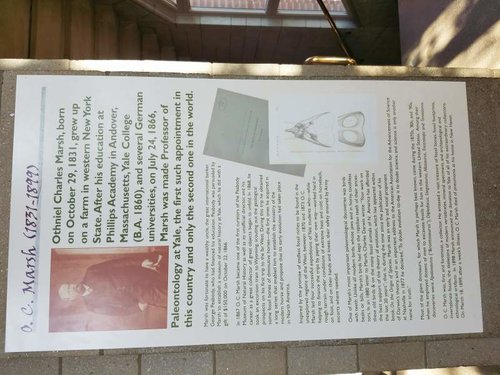
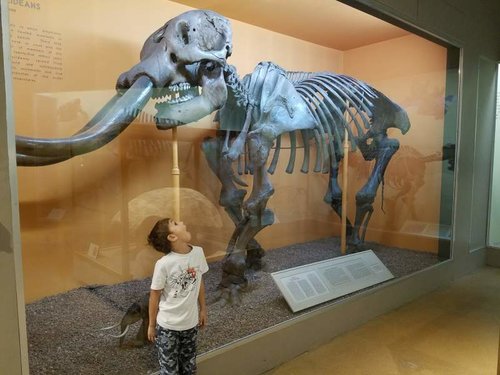
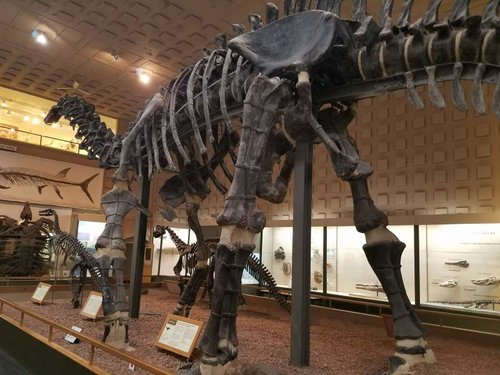
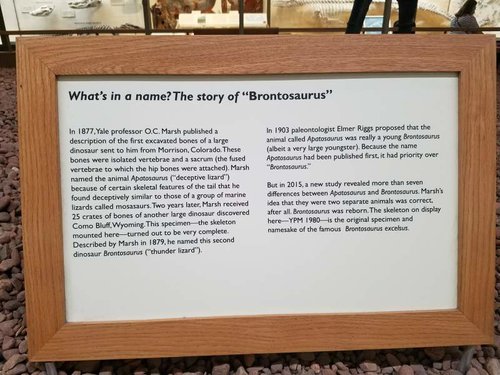
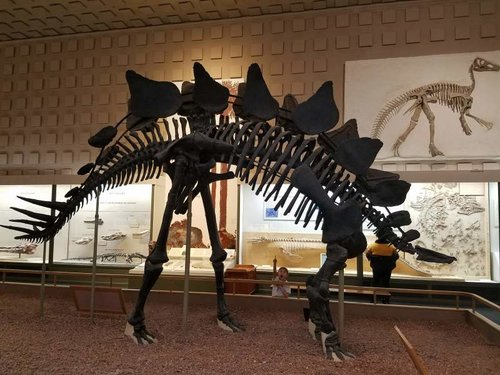
http://peabody.yale.edu/collections/archives/yale-college-scientific-expedition-1870
Next, as if I hadn't already been entertained enough we headed upstairs to the North American Dioramas. By far some of the most comprehensive displays of a dizzying array of north american wildlife and their habitats. Bears, sheep, desert mule deer, waterfowl, you name it. I loved seeing all the different groupings of species of birds. Rails, gallinules, and coots; various sparrow, starlings, and jays, all different waterfowl groupings. I wish I would have taken more pictures, the displays were just incredible.

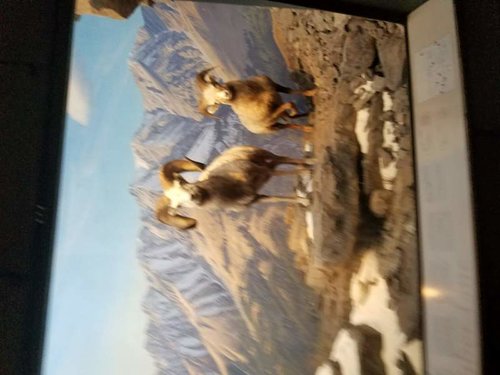
There was much more to see, a mineral exhibit, Egyptian mummies, evolutionary biology etc. etc. I can't recommend a visit enough if you find yourself in Connecticut.
The current (temporary) exhibit is Invisible Boundaries: Exploring Yellowstone's Great Animal Migrations. They had incredible artwork, video, photography and 3D mapping and animations of all the critical migrations of species in the Greater Yellowstone Area. Amazing stuff and what I assume to be one of the latest revelations in wildlife biology now that we can better track and understand migrations due to GPS technology.


View attachment 77246

http://peabody.yale.edu/exhibits/invisible-boundaries
After the migration exhibit we get to a permanent exhibit, and cross a name that I recognize O.C. Marsh. If you've read "Last Stand: George Bird Grinnell, the Battle to Save the Buffalo, and the Birth of the New West" by Michael Punke you'll know that it was the Marsh Expeditions in the early 1870's that took Grinnell west and was the spark for him to save the last of the bison. Those expeditions also discovered many of the specimens on display in the Great Hall in the Museum. A stunning collection of fossils, wonderfully displayed, and very much worth the cost of admission alone. And as someone who loves to read about our conservation history and the players involved to see these fossils that directly connect to Grinnell and his efforts to spawn our conservation legacy I was totally captivated by the tangled web of connectedness.





http://peabody.yale.edu/collections/archives/yale-college-scientific-expedition-1870
Next, as if I hadn't already been entertained enough we headed upstairs to the North American Dioramas. By far some of the most comprehensive displays of a dizzying array of north american wildlife and their habitats. Bears, sheep, desert mule deer, waterfowl, you name it. I loved seeing all the different groupings of species of birds. Rails, gallinules, and coots; various sparrow, starlings, and jays, all different waterfowl groupings. I wish I would have taken more pictures, the displays were just incredible.


There was much more to see, a mineral exhibit, Egyptian mummies, evolutionary biology etc. etc. I can't recommend a visit enough if you find yourself in Connecticut.




